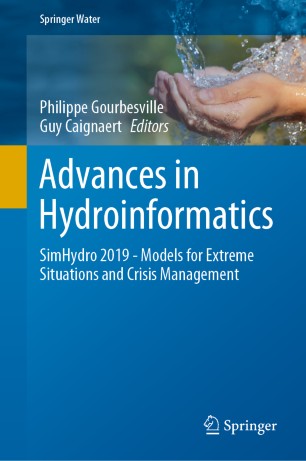

Most ebook files are in PDF format, so you can easily read them using various software such as Foxit Reader or directly on the Google Chrome browser.
Some ebook files are released by publishers in other formats such as .awz, .mobi, .epub, .fb2, etc. You may need to install specific software to read these formats on mobile/PC, such as Calibre.
Please read the tutorial at this link: https://ebookbell.com/faq
We offer FREE conversion to the popular formats you request; however, this may take some time. Therefore, right after payment, please email us, and we will try to provide the service as quickly as possible.
For some exceptional file formats or broken links (if any), please refrain from opening any disputes. Instead, email us first, and we will try to assist within a maximum of 6 hours.
EbookBell Team

4.8
44 reviewsThis book features a collection of extended papers based on presentations given at the SimHydro 2019 conference, held in Sophia Antipolis in June 2019 with the support of French Hydrotechnic Society (SHF), focusing on “Which models for extreme situations and crisis management?” Hydraulics and related disciplines are frequently applied in extreme situations that need to be understood accurately before implementing actions and defining appropriate mitigation measures. However, in such situations currently used models may be partly irrelevant due to factors like the new physical phenomena involved, the scale of the processes, and the hypothesis included in the different numerical tools. The availability of computational resources and new capacities like GPU offers modellers the opportunity to explore various approaches to provide information for decision-makers.
At the same time, the topic of crisis management has sparked interest from stakeholders who need to share a common understanding of a situation. Hydroinfomatics tools can provide essential information in crises; however, the design and integration of models in decision-support systems require further development and the engagement of various communities, such as first responders. In this context, methodologies, guidelines and standards are more and more in demand in order to ensure that the systems developed are efficient and sustainable.Exploring both the limitations and performance of current models, this book presents the latest developments based on new numerical schemes, high-performance computing, multiphysics and multiscale methods, as well as better integration of field-scale model data. As such, it will appeal to practitioners, stakeholders, researchers and engineers active in this field.